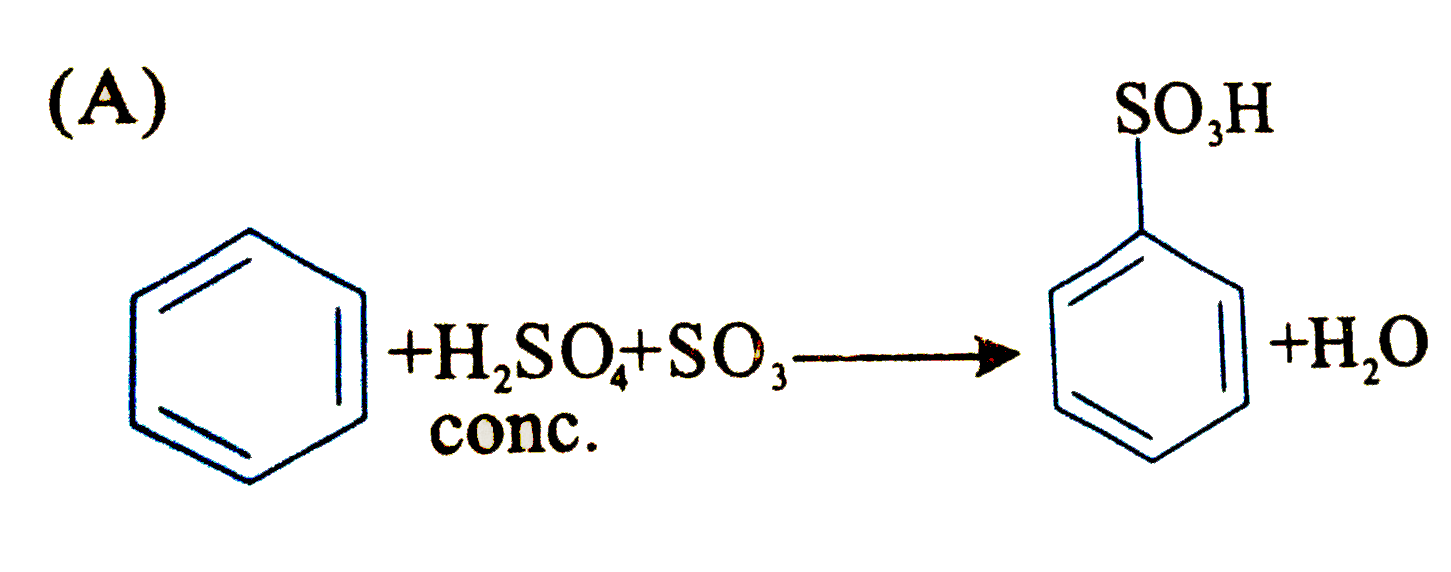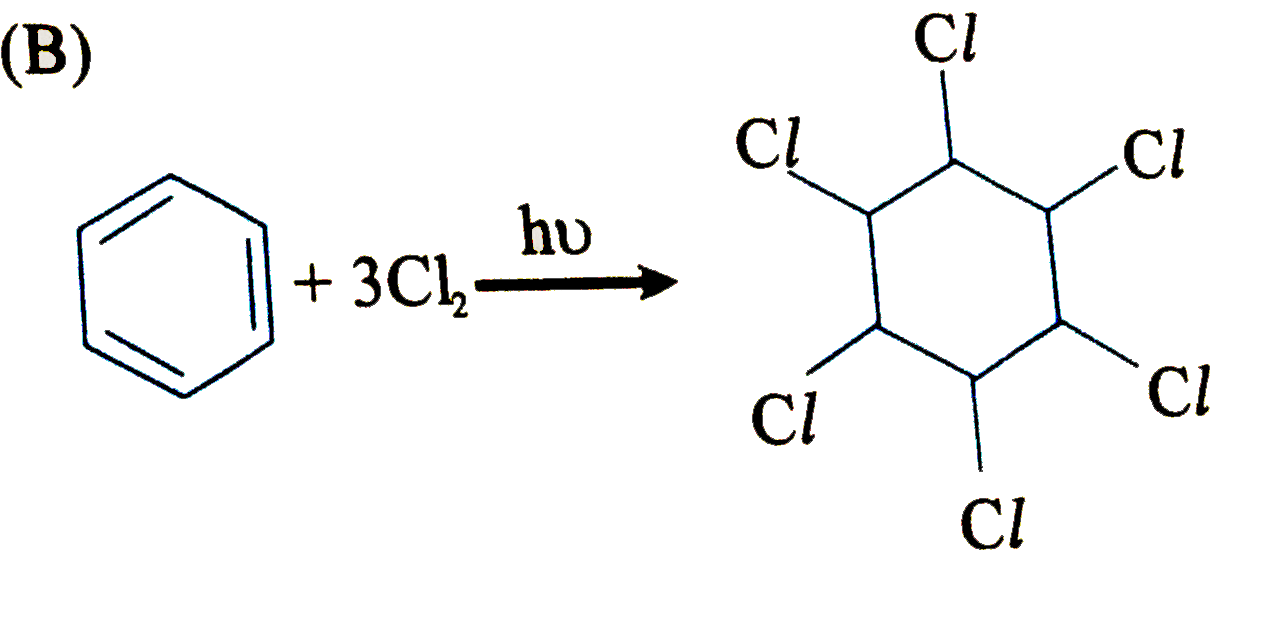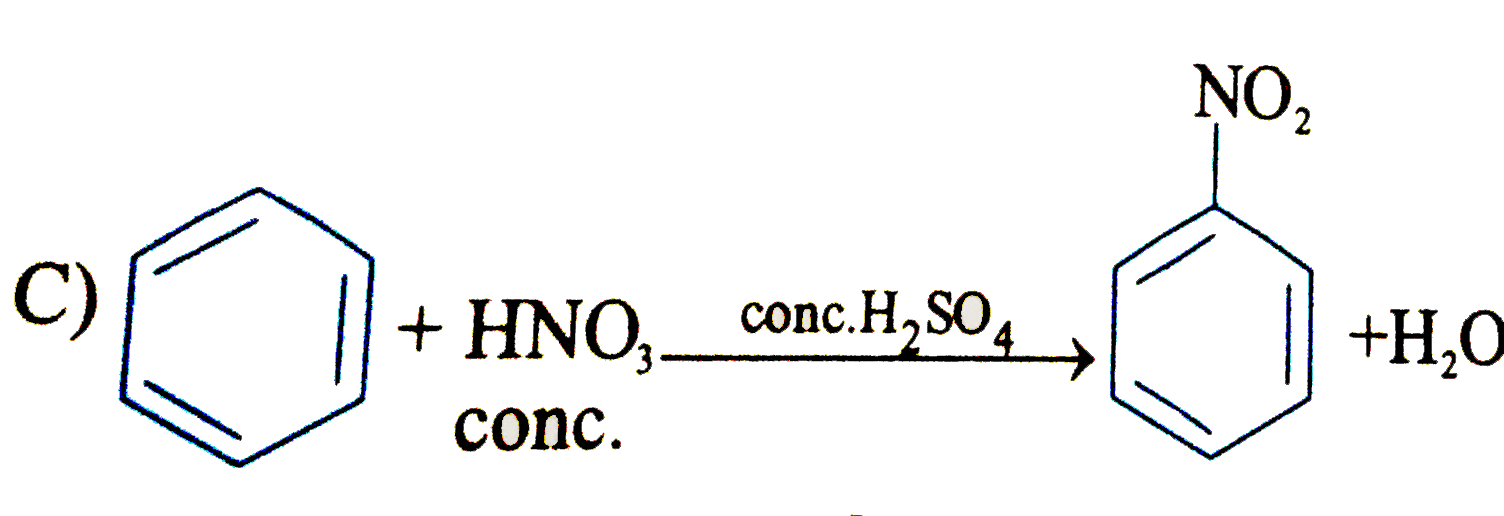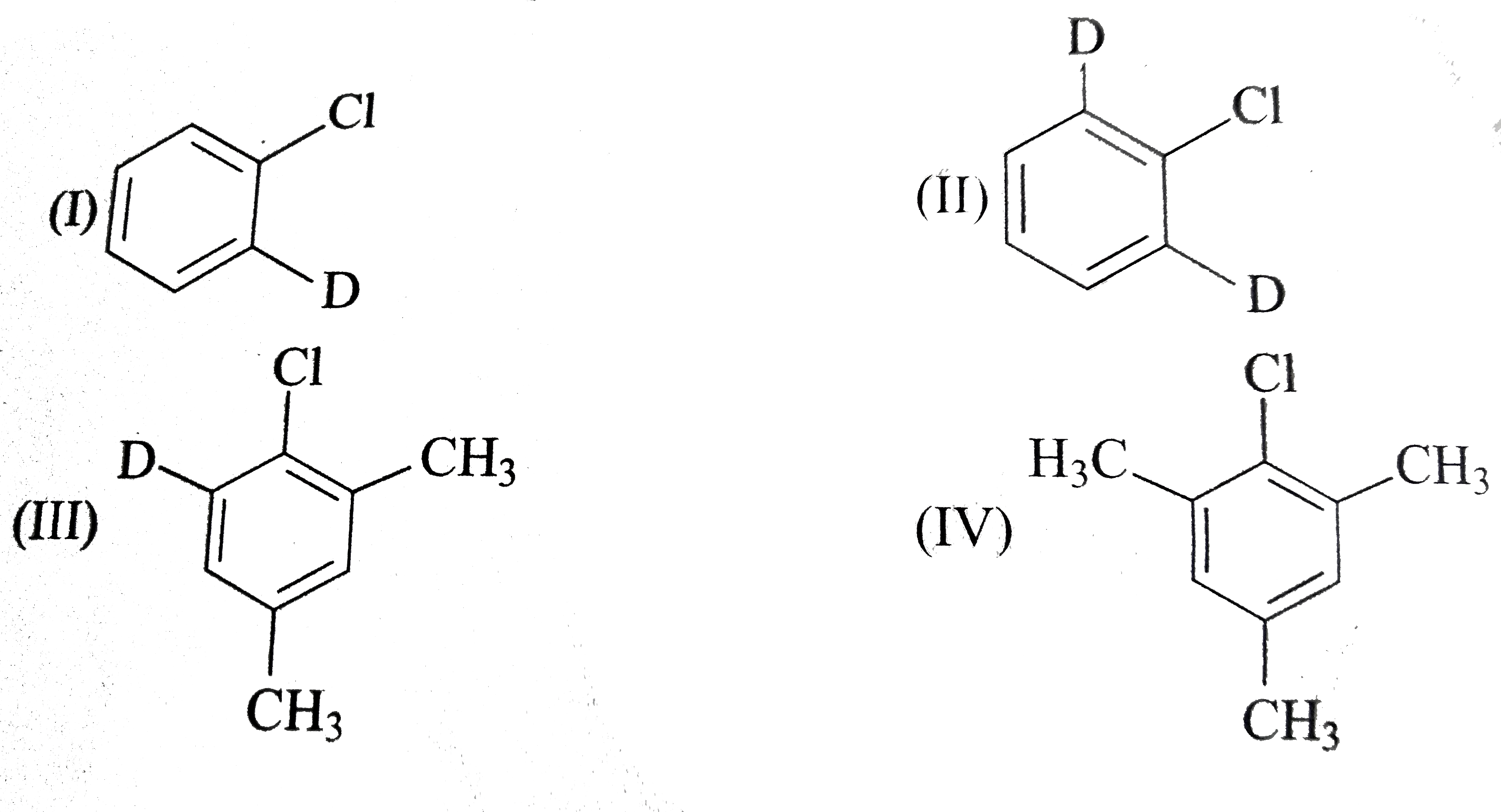Which of the following can undergo electrophilic substitution when treated with nitrous acid at 0∘C?
C6H5NH2
C6H5NHCH3
C6H5N(CH3)2
None of the above
The correct Answer is:C
To determine which of the following amines can undergo electrophilic substitution when treated with nitrous acid at 0°C, we will analyze the behavior of primary, secondary, and tertiary amines with nitrous acid.
1. Understanding the Reaction with Nitrous Acid:
- Nitrous acid (HNO2) reacts with amines to form diazonium salts. The general reaction for a primary amine (RNH2) is:
RNH2+HNO2→R−N2++H2O
- The diazonium ion (R-N2^+) can undergo electrophilic substitution reactions.
2. Analyzing Primary Amines:
- When a primary amine (like aniline) is treated with nitrous acid, it forms a diazonium salt:
C6H5NH2+HNO2→C6H5N2+Cl−+H2O
- In this case, the electrophile (N2^+) does not participate in electrophilic substitution on the benzene ring. Therefore, primary amines do not undergo electrophilic substitution.
3. Analyzing Secondary Amines:
- Secondary amines (like N-methyl aniline) also react with nitrous acid but do not form stable diazonium salts. Instead, they form N-nitroso compounds:
R2NH+HNO2→R2N−N=O
- Again, the electrophile does not add to the benzene ring, so secondary amines do not undergo electrophilic substitution.
4. Analyzing Tertiary Amines:
- Tertiary amines (like N,N-dimethyl aniline) react with nitrous acid to form a nitroso compound:
R3N+HNO2→R3N−N=O
- In this case, the nitroso group (NO) can act as an electrophile and can undergo electrophilic substitution on the benzene ring:
C6H5N(CH3)2+HNO2→C6H5−N=O+H2O
- The nitroso group can substitute on the benzene ring, leading to the formation of a nitroso-substituted product.
5. Conclusion:
- Among primary, secondary, and tertiary amines, only tertiary amines can undergo electrophilic substitution when treated with nitrous acid at 0°C.
Final Answer:
The correct answer is Tertiary Amines.
- Nitrous acid (HNO2) reacts with amines to form diazonium salts. The general reaction for a primary amine (RNH2) is:
RNH2+HNO2→R−N2++H2O
- The diazonium ion (R-N2^+) can undergo electrophilic substitution reactions.
- When a primary amine (like aniline) is treated with nitrous acid, it forms a diazonium salt:
C6H5NH2+HNO2→C6H5N2+Cl−+H2O
- In this case, the electrophile (N2^+) does not participate in electrophilic substitution on the benzene ring. Therefore, primary amines do not undergo electrophilic substitution.
- Secondary amines (like N-methyl aniline) also react with nitrous acid but do not form stable diazonium salts. Instead, they form N-nitroso compounds:
R2NH+HNO2→R2N−N=O
- Again, the electrophile does not add to the benzene ring, so secondary amines do not undergo electrophilic substitution.
- Tertiary amines (like N,N-dimethyl aniline) react with nitrous acid to form a nitroso compound:
R3N+HNO2→R3N−N=O
- In this case, the nitroso group (NO) can act as an electrophile and can undergo electrophilic substitution on the benzene ring:
C6H5N(CH3)2+HNO2→C6H5−N=O+H2O
- The nitroso group can substitute on the benzene ring, leading to the formation of a nitroso-substituted product.
- Among primary, secondary, and tertiary amines, only tertiary amines can undergo electrophilic substitution when treated with nitrous acid at 0°C.
The correct answer is Tertiary Amines.
Similar Questions
Knowledge Check
Which of the following is an electrophilic substitution reaction?
A B
B C
C D
D
Which of the following represent(s) electrophilic substitution ?
A B
B C
C D
D
Which of the following compound undergo nucleophilic substitution faster?
A B
B C
C D
D
Which of the following undergoes electrophilic substitution reactions faster than benzene?
View SolutionWhich of the following will not undergo nucleophilic aromatic substitution ?

View SolutionWhich of the following compound will not undergo nucleophilic substitution reaction ?
View SolutionWhich of the following reaction belong to electrophilic aromatic substitution
View SolutionThe ether that undergoes electrophilic substitution reactions is
View Solution
